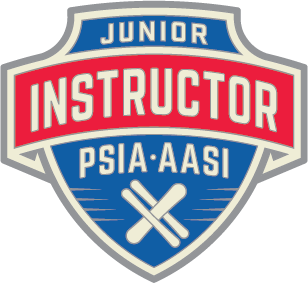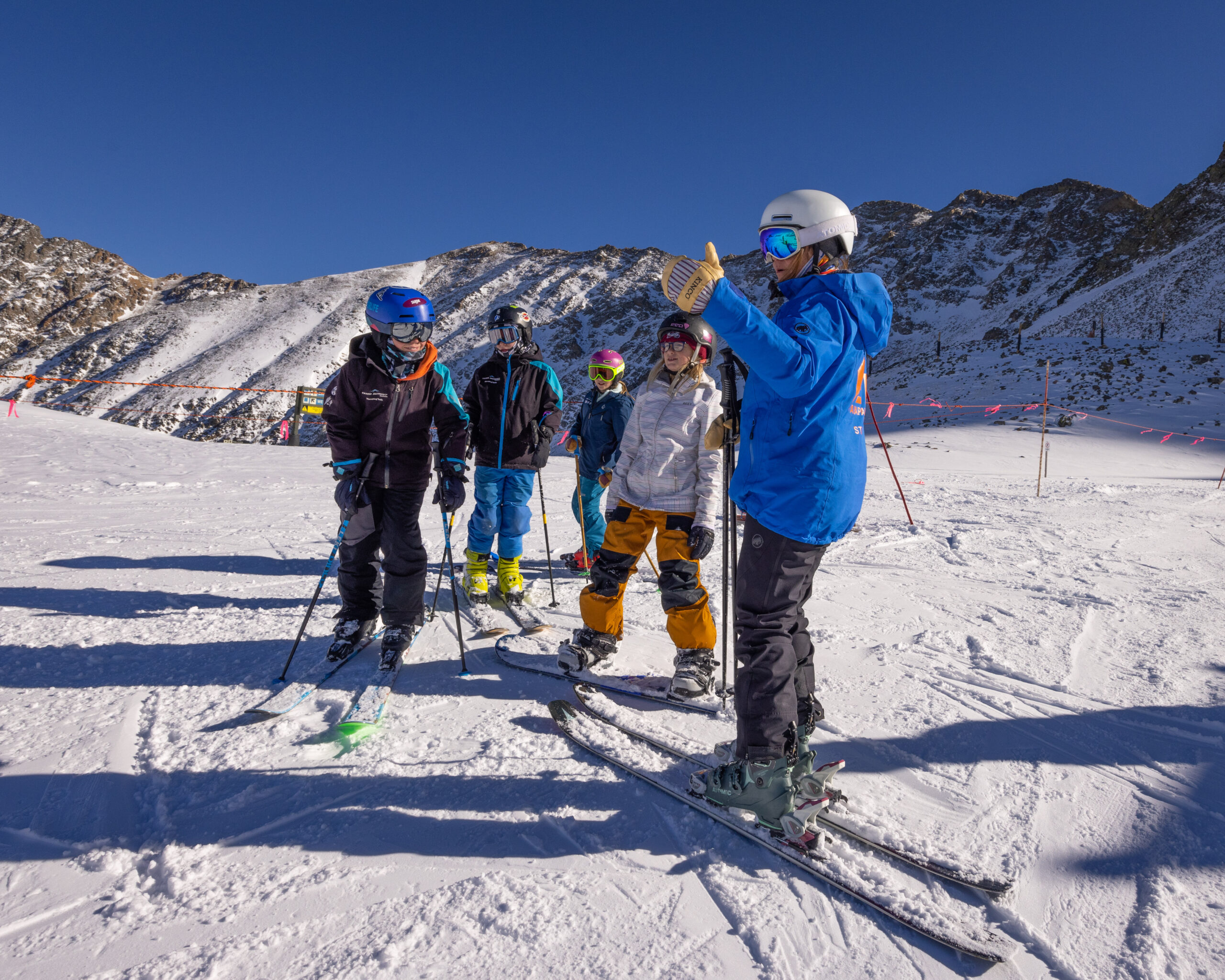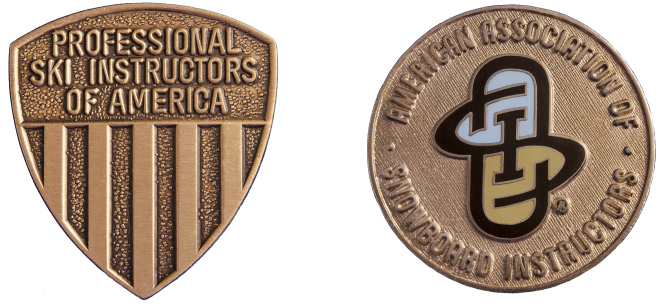
Program Implementation for Member Schools
Thank you for your interest in the PSIA-AASI Junior Instructor Program, which introduces young adults to job opportunities in the snowsports industry. As a PSIA-AASI Member School, you can use this program to help your school to develop, train, and grow your future instructor workforce. A better-trained workforce helps benefit the entire snowsports industry.
This course gives young adults a solid foundation to work in the snowsports industry during high school. The course also lays the groundwork for future goals to achieve as they look to enter the snowsports workforce after high school or a higher-level education program. The skills participants will learn in this course will cross over to any profession and help establish them as strong leaders wherever they choose to work.
Get Started
PSIA-AASI hosts this entire program through a course on the E-Learning platform. Participation in this nationally recognized program is available to all PSIA-AASI Member Schools. After successfully completing this course, participants receive a packet in the mail that contains a PSIA-AASI Junior Instructor card, certificate of completion, and PSIA-AASI Junior Instructor pin that recognize their considerable achievements and new skillsets. Watch the video to learn how to implement the program.
Participant Requirements
Participants must work with their local snowsports school to learn more about specific requirements, since every school may have a slightly different program. However, regardless of what school the participant chooses to work with, every candidate needs to complete the below minimum program requirements to complete this nationally recognized program and receive their official certificate of completion.
- Complete the entire Junior Instructor Certificate E-Learning Course on PSIA-AASI’s e-learning platform at lms.thesnowpros.org. A participant will need to take and pass three online modules:
- Course for New Instructors (1 hour)
- Delivering the Beginner Experience (alpine, snowboard, or cross country) (1 hour)
- Introduction to Working with Children (1 hour)
- Complete a 12-hour training course at a local resort. (12 hours)
- Shadow 6 hours of lessons at the resort’s ski and ride school. (6 hours)
- Demonstrate a minimum sliding ability in 2 areas:
- Must have the ability to maneuver safely in a learning area and around all surface lifts or up/down hills and trails.
- Must show the ability to safely ski or ride in a group on green terrain (beginner/novice zone).
- Complete the course portfolio and have it signed by a snowsports supervisor.
- Write and submit a letter of intent that describes why they want to become a snowsports instructor.
The course costs $25 for the participant. It’s up to the school and the resort to determine if you would like to subsidize this for the participants.
School Requirements
Below are the minimum requirements for this program. The training must be delivered by a PSIA-AASI certified Level II non-discipline specific instructor. As long as these below minimum requirements are met, your school is welcome to build this program around your resort’s specific workforce and training needs.
- Be, or become, a PSIA-AASI Member School
- Develop a 12-hour training course at your resort. (If your school doesn’t have a Level II trainer, connect with your PSIA-AASI division office.)
- The course must be delivered by a Level II (any discipline). The course must:
- Focus the majority of training on snow (recommended by PSIA-AASI) and focus on movement based activities.
- Model an experiential approach to learning
- Provide an overview of snowsports school operational procedures.
- Develop a 6-hour shadowing program.
- To pass, participants must meet the below minimum sliding ability (any discipline):
- Have the ability to maneuver safely in a learning area and around all surface lifts or up/down hills and trails.
- Show the ability to safely ski or ride in a group on green terrain (beginner/novice zone) or up/down hills and trails.
On-Snow Trainer Guidelines
You, or your trainer, can use the free PSIA-AASI’s Guide for New Instructors as a tool to create your in-house training program. Note there are nine learning outcomes we encourage your program include. Certificate candidates must be able to demonstrate they have learned and applied these tools to their own skills and training:
- PSIA-AASI Instructor Motto – Safety, Fun, Learning
- The Learning Partnership – Introduction to the PSIA-AASI Learning Connection model
- Responsibility Code and Park Smart
- Ski and Ride School Lesson Injury Procedures (e.g. what do you do if someone gets hurt?)
- Ski and Ride School Bathroom, Lunch and Lost Child Procedures
- Guest Service Skills – Introduce the Resort Guest Service Model
- Additional Training: How to interact with students’ parents, communication skills (e.g. eye contact, handshakes, etc.), and professionalism.
- Introduction to the CAP Model, VAK (Visual, Auditory, Kinesthetic), How People Learn: Watcher, Feeler, Doer, Thinker.
- Introduction to the Teaching/Learning Cycle and the Beginner Novice Zone – Discussion and review of e-learning courses.


